Welcome to a wilderness survival guide that’s all about avoiding wildlife encounters. For all camping and hiking enthusiasts, I understand your thrill of exploring the great outdoors and witnessing its magnificent inhabitants. But let’s face it, encounters with wildlife can be both exhilarating and nerve-wracking.

The Need for Safety in the Wilderness
Whether it’s meeting a curious bear, spotting a majestic moose, or catching a glimpse of a stealthy cougar or mountain lion, the wilderness is teeming with fascinating creatures. In this article, we’ll delve into essential tips and tricks to ensure harmonious coexistence with wildlife while keeping ourselves safe and respecting their natural habitats.
So, get ready to embark on a journey of learning, where we’ll unlock the secrets of peacefully roaming the wild and enjoying every moment of our nature escapades.
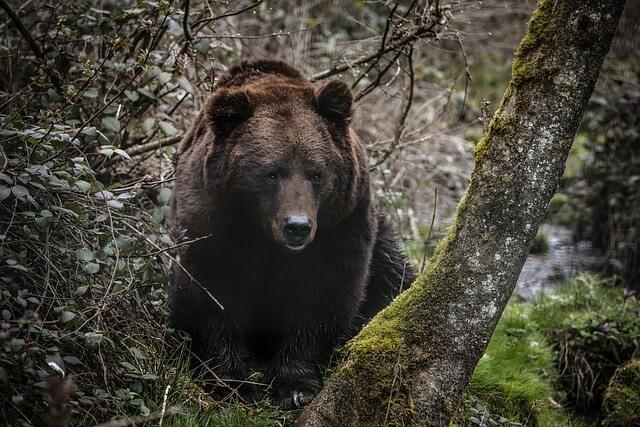
Know the Territory
Navigating the great outdoors requires more than just a sense of adventure – it demands a keen understanding of the territory you’re entering. When it comes to surviving in the wilderness and avoiding potentially risky wildlife encounters, knowing the lay of the land is your first line of defense.
Take the time to research the area you’ll be exploring. What types of animals call it home? Are there any known habitats or feeding grounds nearby? By gathering this information, you’ll be better equipped to anticipate potential encounters and adjust your route or activities accordingly. Remember, the wild is their domain, and we’re merely visitors.
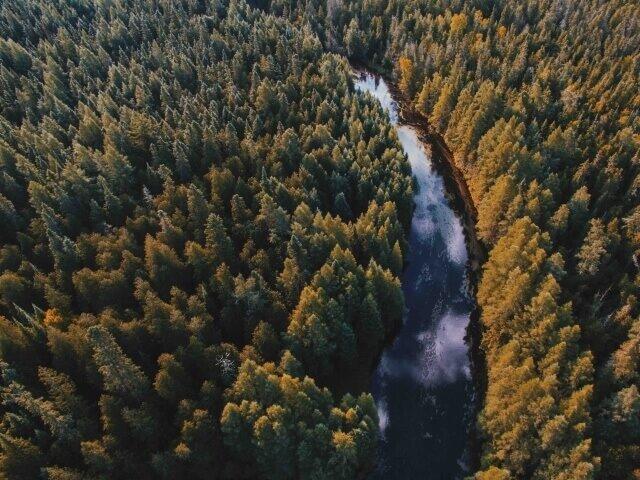
So, whether you’re hiking through dense forests or camping in open meadows, knowing the territory is like having a secret map that guides you safely through nature’s incredible tapestry. After all, when you’re in the wilderness, a little knowledge can go a long way in ensuring a harmonious coexistence with the wildlife that inhabits it.
Campsite Selection
Selecting the perfect campsite is like choosing the best spot at a concert – it sets the tone for your entire experience. When you’re out in the wilderness, finding the right campsite is more than just a matter of convenience; it’s about safety and minimizing your impact on the environment.
Look for a flat and elevated area that’s at a safe distance from bodies of water. Why? Well, besides the obvious comfort factor, it helps prevent potential flooding and ensures you’re not infringing on the territory of any aquatic inhabitants. Also, keep an eye out for natural windbreaks, like rock formations or dense bushes. These not only shield you from gusty breezes but also provide a buffer zone that wildlife might hesitate to cross.

Oh, and speaking of our furry and feathered friends, avoid setting up camp near obvious animal trails or foraging spots – you wouldn’t want an unexpected late-night visitor raiding your snacks! So, next time you’re scouting for the perfect campsite, think like a local critter and choose a spot that’s comfortable, safe, and respectful of the delicate balance of nature.
Traveling in Groups
Embarking on a wilderness adventure with a group of fellow explorers can amplify the fun and add a layer of safety to your journey. Just like a squad of superheroes, traveling in groups brings unique strengths to the table. Not only do you have more eyes and ears to spot potential challenges or wildlife, but there’s also a shared pool of skills and knowledge.
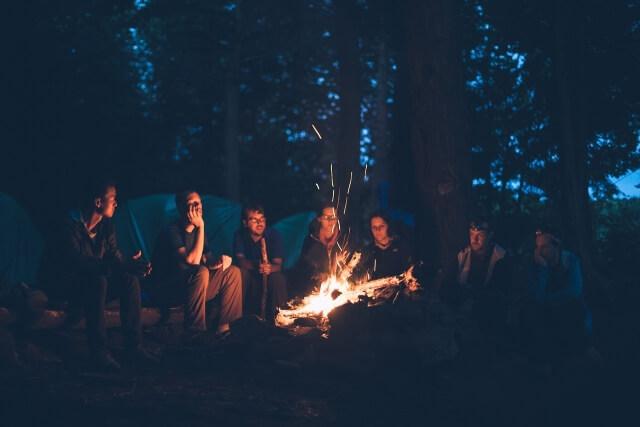
Plus, let’s face it – who doesn’t love sharing stories and laughter around the campfire? However, even in a group, it’s crucial to maintain a sense of responsibility. Designate a leader or a trail captain who keeps everyone on track and ensures that safety protocols are followed. Spread out a bit during hikes to minimize your impact on the environment and avoid overwhelming the local inhabitants.
And hey, don’t forget that old saying: “The more, the merrier.” So, gather your friends, double-check your gear, and head out into the wilderness with the assurance that you’re not only exploring together but also creating lasting memories in nature’s enchanting playground.
Noise and Communication
In the wild, a little peace and quiet can go a long way – both for your own serenity and for respecting the local inhabitants. When it comes to noise and communication, consider yourself a guest in nature’s grand amphitheater. Keep your voices down, not only to enjoy the tranquil symphony of the wilderness but also to avoid startling or disturbing wildlife.
After all, no one likes a surprise party crasher, especially when you’re in someone else’s territory. However, there’s a twist in this quiet tale – making a bit of noise can actually be a smart move. Announcing your presence with occasional claps, calls, or even singing while hiking can alert animals to your approach and give them time to mosey on before you cross paths. It’s like giving them a polite heads-up: “Hey, we’re passing through, no need to panic!”.
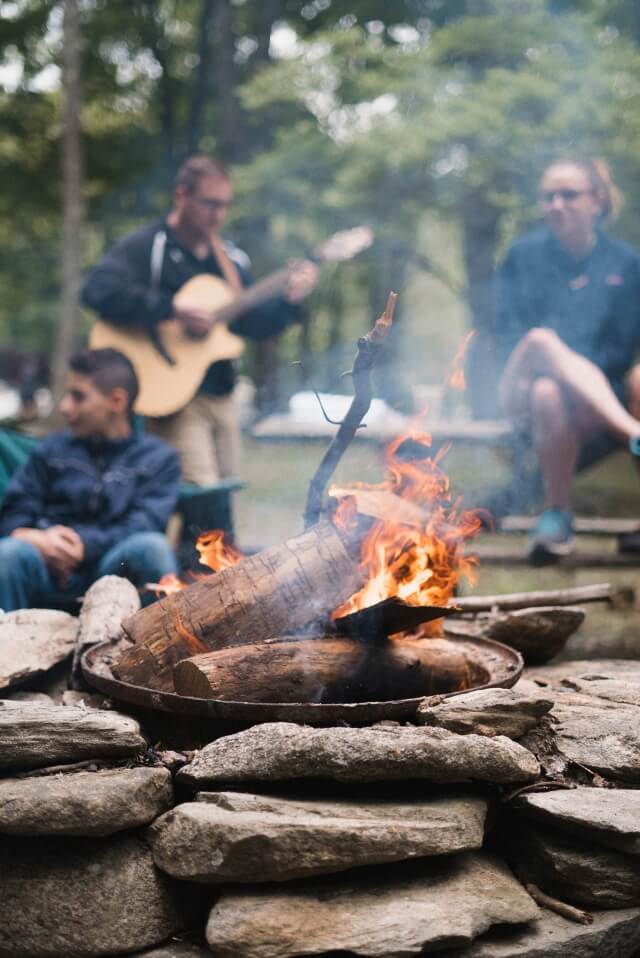
And if you’re traveling in a group, those shared laughs and hushed conversations can serve as a joyful soundtrack to your adventure, while also ensuring your safety and preventing unintentional wildlife encounters.
Be Aware of Your Surroundings
When you’re out in the wild, it’s not just about the path beneath your feet – it’s about the entire living, breathing world around you. Being aware of your surroundings isn’t just a catchy phrase; it’s a skill that can make all the difference in your wilderness experience. Think of it as nature’s version of “mindfulness.” Keep your senses sharp and your curiosity engaged. Scan the landscape for signs of movement or activity – a rustle in the bushes, a flash of feathers, or even a set of fresh tracks. It’s like playing detective in the great outdoors, where every piece of evidence tells a story.
This heightened awareness doesn’t just add a thrilling dimension to your adventure; it also ensures your safety. Knowing what’s happening around you helps you avoid unexpected wildlife encounters and potential hazards. But here’s the bonus: immersing yourself in the details of nature’s canvas unlocks a deeper connection to the world, turning every step into a fascinating exploration.

Proper Waste Disposal
Your responsibility extends beyond the trails and views. Proper waste disposal is a pact with nature to keep its beauty intact. Think of it as a magician’s trick: whatever you bring in, take out. Pack out all trash, even biodegradables. If you see litter, pick it up. And for human waste, follow Leave No Trace – dig a small hole at least 200 feet from water sources and trails. It’s a way to answer nature’s call without leaving a trace. Proper waste disposal honors the places that inspire us. As you leave, leave only footprints and memories, ensuring each adventure remains a gift to both you and the wilderness.
Handling Food and Cooking
Storage of Food and Smelly Items
Treat food in the wild like a precious secret. Store it securely in airtight containers to prevent curious animals. Utilize food storage facilities if available. Clean up thoroughly after meals, washing dishes and utensils to erase any lingering scents. Handling food and cooking with care is a way to show respect for nature and its inhabitants, preserving the delicate balance of the wild while satisfying your hunger.

Safe Cooking Practices
Cooking in the wild is a symphony of flavors, and safety takes center stage. Set up on a stable, non-flammable surface. Keep a close eye on cooking, with a fire extinguisher nearby. Contain campfires in designated areas. After cooking, fully extinguish the flames and allow the coals to cool before disposing. Safe cooking is like conducting a masterpiece – precise, vigilant, and respectful of the wild’s rhythm.
Understanding Wildlife Behavior
Understanding wildlife behavior is like unraveling a mystery. Observing from a distance is key – it’s like eavesdropping on a conversation without intruding. Avoid sudden movements or loud noises that might startle animals. Watch for signs of agitation – raised tails or flapping wings.
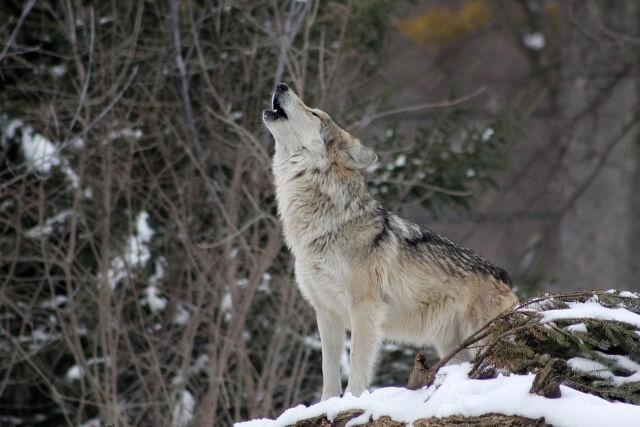
These cues are like the wildlife’s way of saying, “We need some space, please.” And for photography, use a zoom lens to capture moments without getting too close. By understanding and respecting wildlife behavior, you’re not just an observer – you’re part of a delicate dance that ensures both you and the animals enjoy a harmonious coexistence.
Identifying signs of potential danger
Identifying signs of potential danger is like reading nature’s warning signs. Look for clues – it’s like deciphering a hidden message. Pay attention to sudden changes in animal behavior – a sudden stillness or rapid movement. These shifts are like nature’s way of saying, “Something’s up.”
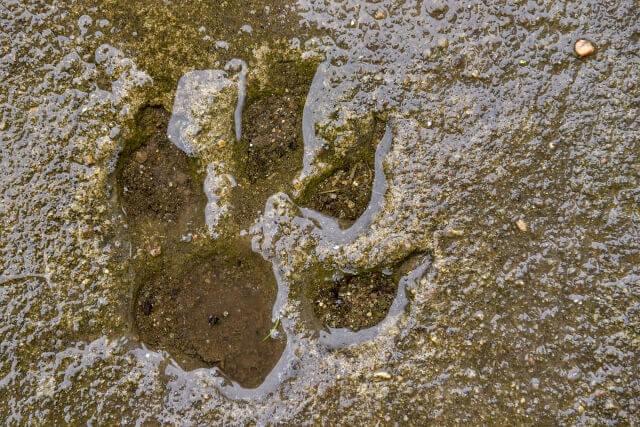
Keep an eye out for tracks, scat, or scratch marks – they’re like footprints of caution. And when it comes to weather, darkening skies or sudden drops in temperature can signal trouble ahead. Think of it as nature’s way of giving you a heads-up. By recognizing and respecting these signs, you’re not just a traveler – you’re a wise interpreter of the wild, ensuring a safe and enjoyable adventure for you and your companions.
Respecting Wildlife’s Space
Respecting wildlife’s space is like honoring personal boundaries. Give them room – it’s like showing respect for a friend’s personal space. Avoid approaching too closely or cornering animals – it’s like giving them an escape route. Remember, you’re stepping into their world.
If you spot nesting sites or dens, steer clear – it’s like respecting their privacy. And for the shy creatures that prefer solitude, like birds or grazing animals, use binoculars for a closer look. Think of it as giving them the solitude they crave. By showing this consideration, you’re not just an observer – you’re a courteous visitor, ensuring both you and the animals enjoy a harmonious coexistence.
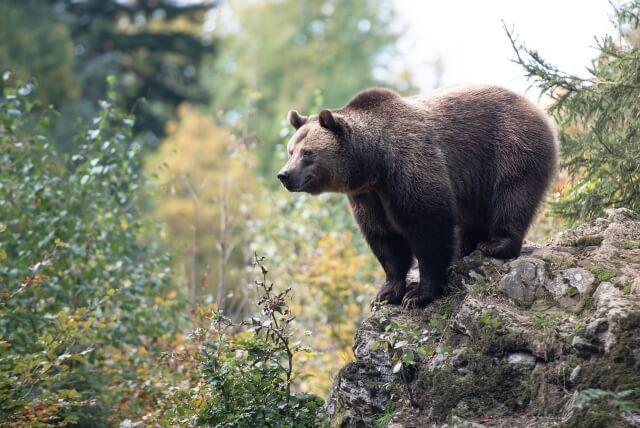
Carrying Safety Equipment
Carrying safety equipment is like having a trusty sidekick on your wilderness adventure. It’s your backup – your safety net in case things take an unexpected turn. Think of it as packing peace of mind. A basic first aid kit is like a healing potion for minor mishaps. It’s a little box of reassurance that you’re ready for whatever comes your way. A whistle is your signal – like a flare in the night sky, it can call for help when words can’t reach you. And don’t forget a reliable flashlight – it’s like a guiding star in the darkness, leading you to safety. By carrying these essentials, you’re not just a traveler – you’re a savvy explorer, prepared to face challenges and ensure a secure and rewarding journey.
Knowing how to use safety equipment effectively
Knowing how to use safety equipment effectively is like having the keys to a secret chamber of protection. It’s not just about having the gear – it’s about wielding it with confidence and skill. Think of it as mastering a new skill, like a seasoned wizard honing their magic.
Familiarize yourself with your first aid kit – it’s like studying a spellbook for different scenarios. Learn how to use each item – from bandages to antiseptics – to wield their healing powers when needed. Practice with your whistle – it’s like perfecting an incantation, ready to summon aid in a pinch.
And when it comes to your trusty flashlight, know how to cast its beam on darkness, revealing hidden paths to safety. By mastering the art of safety equipment, you’re not just a traveler – you’re a guardian, equipped with the knowledge to ensure your well-being and that of your fellow adventurers.
Dealing with Wildlife
Different strategies for different encounters
Dealing with wildlife is like navigating a realm of unpredictability – a dance with the unknown. It’s about knowing when to step forward and when to step back. Think of it as reading the mood at a grand ball – adapting to each partner’s rhythm.
For larger mammals like bears or big cats, stand your ground – it’s like holding your stance on the dance floor. Make yourself appear bigger, raising your arms like an elegant flourish. Slowly back away, maintaining eye contact, until they lose interest.
For smaller creatures like snakes, give them space – it’s like respecting their dance floor. Steer clear and let them continue their graceful slither.

And for birds, admire from a distance – it’s like watching a delicate ballet from the audience. Use binoculars to savor their performance without intruding. By mastering these different strategies, you’re not just a traveler – you’re a diplomat, gracefully navigating the world of wildlife encounters and ensuring a harmonious coexistence for all players on nature’s stage.
What to Do in Case of an Encounter
How to react when faced with wildlife
What to do in case of an encounter is like having a playbook for unexpected moments in the wild. It’s your game plan – your strategy for a graceful response. Think of it as knowing your lines in a play, ready to perform.
Stay calm – it’s like maintaining your composure on stage. Don’t run or make sudden movements; instead, slowly back away, keeping your eyes on the wildlife. If it’s a surprise guest, like a bear, avoid direct eye contact – it’s like acknowledging their presence without challenging them. Speak softly or sing – it’s like using soothing lines to defuse tension. Let the animal know you’re human and not a rival performer.
And for situations like a surprise snake encounter, freeze – it’s like holding a dramatic pose. Give the snake space to slither away, and once it’s safely out of sight, continue on your adventure. By following this playbook, you’re not just a traveler – you’re a quick-thinking actor, ready to handle any plot twist and ensure a safe and harmonious performance in nature’s grand theater.
Steps to take to stay safe and minimize harm
Taking steps to stay safe and minimize harm is like creating a shield for your wilderness journey. Stick to marked trails, respect wildlife by keeping your distance, and pack out all trash. Use established fire rings to prevent wildfires. By following these steps, you’re not just a traveler – you’re a guardian of the wild, ensuring its magic remains undisturbed for you and future adventurers.
Conclusion
In the realm of the wilderness, we’re not intruders but curious guests, navigating its mysteries with wisdom. From understanding wildlife behavior to safe practices, waste disposal, and avoiding encounters, these guide our journey.
With each step, we leave no trace but memories, respecting nature’s rhythms and coexisting harmoniously with its inhabitants. As we tread softly, we ensure the wild’s pristine allure endures. So, armed with knowledge and an open heart, may your adventure echo wisdom past, a dance of survival and reverence for the untamed beauty around us.
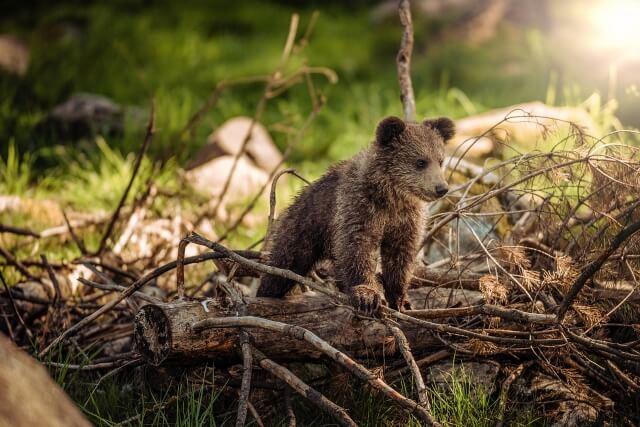
FAQs:
Are there specific signs of potential danger from wildlife?
Absolutely, the wilderness has its own language of warning signs. Sudden changes in animal behavior, like stillness or rapid movement, can indicate potential danger. Additionally, tracks, scat, or scratch marks might provide clues. Always stay vigilant and respect these signals.
How far should I keep a safe distance from wildlife?
Maintaining a respectful distance is crucial. The rule of thumb is at least 100 yards for larger mammals like bears or wolves. For other animals, like birds or grazing creatures, use binoculars to admire them without encroaching on their space.
Is it safe to approach and photograph wildlife?
Approaching wildlife can be risky for both you and the animals. It’s best to keep a safe distance and use zoom lenses for photography. Getting too close can stress or agitate them, disrupting their natural behaviors and potentially leading to dangerous situations.
Can I feed wildlife in the wilderness?
Feeding wildlife disrupts their natural habits and can lead to dependency on human food. It also increases the likelihood of potentially dangerous encounters. So, resist the temptation to share your snacks and let them rely on their own natural food sources.
Can using scented toiletries attract wildlife?
Yes, scented toiletries like soap, shampoo, or lotions can attract wildlife. Animals have a keen sense of smell and might be drawn to these scents, potentially leading them to your campsite. Opt for unscented products to minimize any unintended wildlife encounters.









